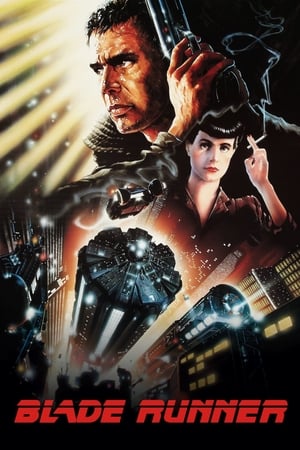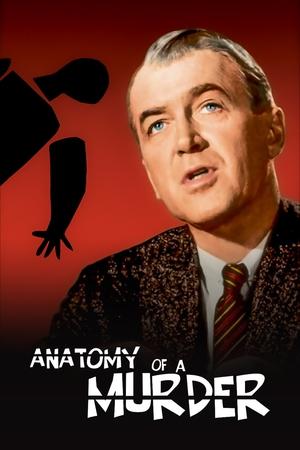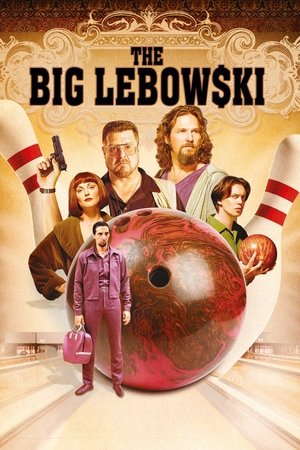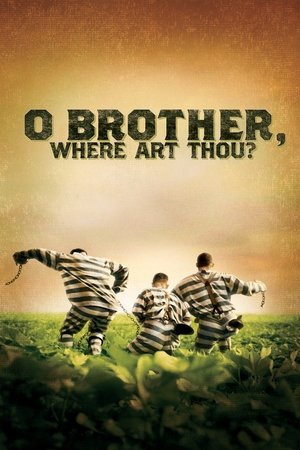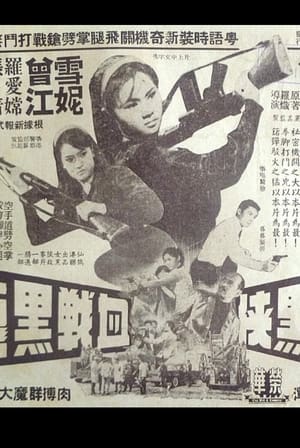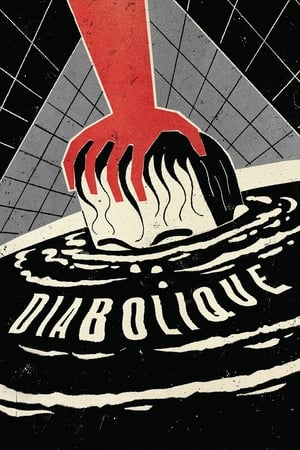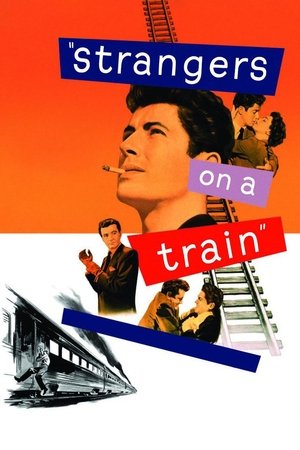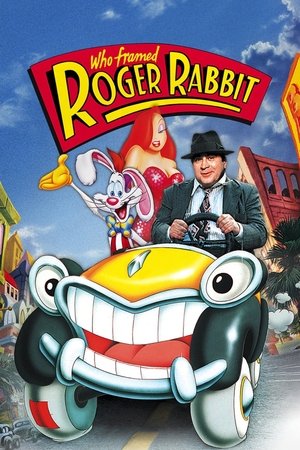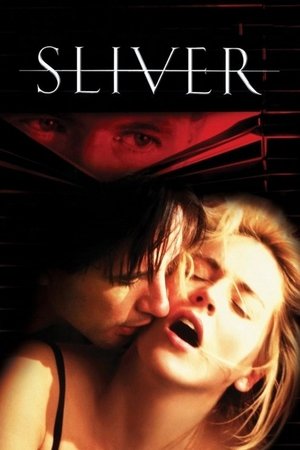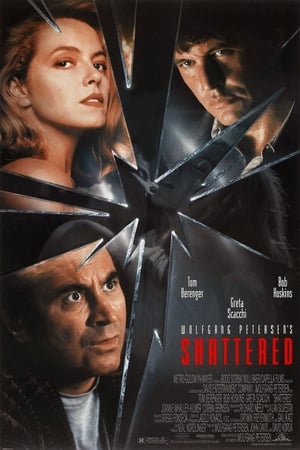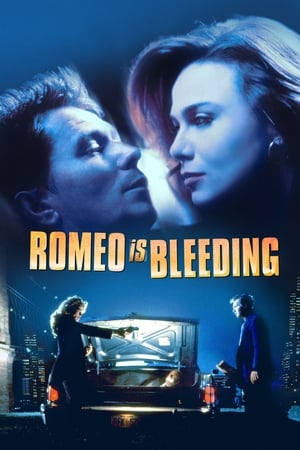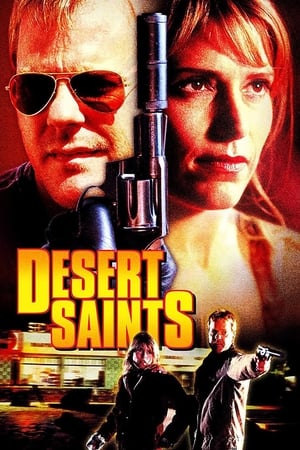Overview
A man with an asthmatic voice telephones and assaults clerk Kelly Sherwood at home and coerces her into helping him steal a large sum from her bank.
Reviews
Operation Terror.
Experiment in Terror is directed by Blake Edwards and adapted to screenplay by Mildred and Gordon Gordon from their own novel called Operation Terror. It stars Glenn Ford, Lee Remick, Stefanie Powers and Ross Martin. Music is by Henry Mancini and cinematography by Philip H. Lathrop.
Film begins with bank teller Kelly Sherwood (Remick) driving home through night time San Francisco, over head shots capturing the cityscape for backdrop purpose. Henry Mancini’s haunting soundtrack hovers over Kelly’s car in spectral fashion, until she arrives home in Twin Peaks and enters her garage, things fall silent as she gets out the car. She senses she’s not alone, and she’s right. A man whose face is obscured grabs her and puts one hand over her mouth, he tells her in his asthmatic voice that he knows everything about her and her young sister, and that if she doesn’t do as she is told then pain, misery and death awaits them. She’s to steal $100,000 from the bank where she works, he will even cut her in for 20%, what a swell fella eh?
It’s a brilliant opening, stylish film making meets a thematic atmosphere full of fear, tension and sexual menace. What follows is a superbly crafted movie, a bona fide thriller that is concerned with characterisations, concerned with wringing out maximum amounts of suspense by way of suggestions and conversations, there is no need to spill blood here, the threat and the fear is palpable throughout. The police procedural aspects of the story, headed by Ford’s trusty and stoic detective, are played out with intelligence and always hold fascination appeal. Especially as the little snatches of time we spend with the villain leaves us in no doubt about how cruel and vile he can be.
Edwards takes his time to build the story, stopping every once in a while to unfurl a special scene to reinforce the drama. Stand outs include a classic sequence in a room of mannequins and a genuinely chilling piece where our villain dresses in drag. Then there is the justifiably lauded finale played out at Candlestick Park during the culmination of a major league baseball game, thrilling in its execution and a fitting closure to the screw tightening approach favoured by Edwards. All the while Mancini’s musical accompaniments act as a foreboding presence, dovetailing with the themes and characterisations at work in the play.
Visually it’s also impressive, filmed in gritty black and white, Edwards uses intense close-ups to ramp up the tension, dallies with angles to enforce emotional turmoil, while Lathrop always keeps the lenses stark, the contrasts rich and the use of angled shadows is most striking. Cast are superb, Remick makes for a strong heroine in spite of the constant peril she faces, Ford is a bastion of strength and virtue and Powers exudes youthful vulnerability without appearing as a whiny adolescent. Then there is Martin, turning in one of the most menacing villain turns of the 60s, it’s a lesson in how to play evil without actually being extremely physical. As the character shifts from being a murdering predator to a man of heart who cares for a girlfriend’s child, Martin convinces enough to make it a frightening proposition.
Highly recommended. 8/10
Things take rather a menacing turn for bank clerk "Kelly" (Lee Remick) when she is held by the scruff of the neck, in the dark, by a mysterious intruder. He claims he will not hurt her so long as she does what she is told - and that involves pinching $100,000 from her work. She's naturally terrified and starts to place call to the FBI but he manages to interrupt that call before she can impart much detail to "Ripley" (Glenn Ford). He's quite the detective, though, and soon his team have managed to make arms-length contact and are beginning to work with her to thwart the dastardly plan of this man, whilst keeping herself and her younger sister "Toby" (Stefanie Powers) safe. Blake Edwards keeps the pace of this effective as the determined "Kelly" proves to be no push-over and quite prepared to take risks as the GI-man discovers that she isn't the first candidate for the malevolent attentions of this shrewd, husky-sounding criminal. There's a strong chemistry between the two at the top of the bill and the story provides us with quite a few red herrings to take us to a denouement that reminded me a little of "The Blue Lamp" (1950). It's quite a tense cat and mouse drama that's well worth two hours.

 123 min
123 min
 7.1
7.1
 1962
1962
 USA
USA
 John Chard wrote:
John Chard wrote:

